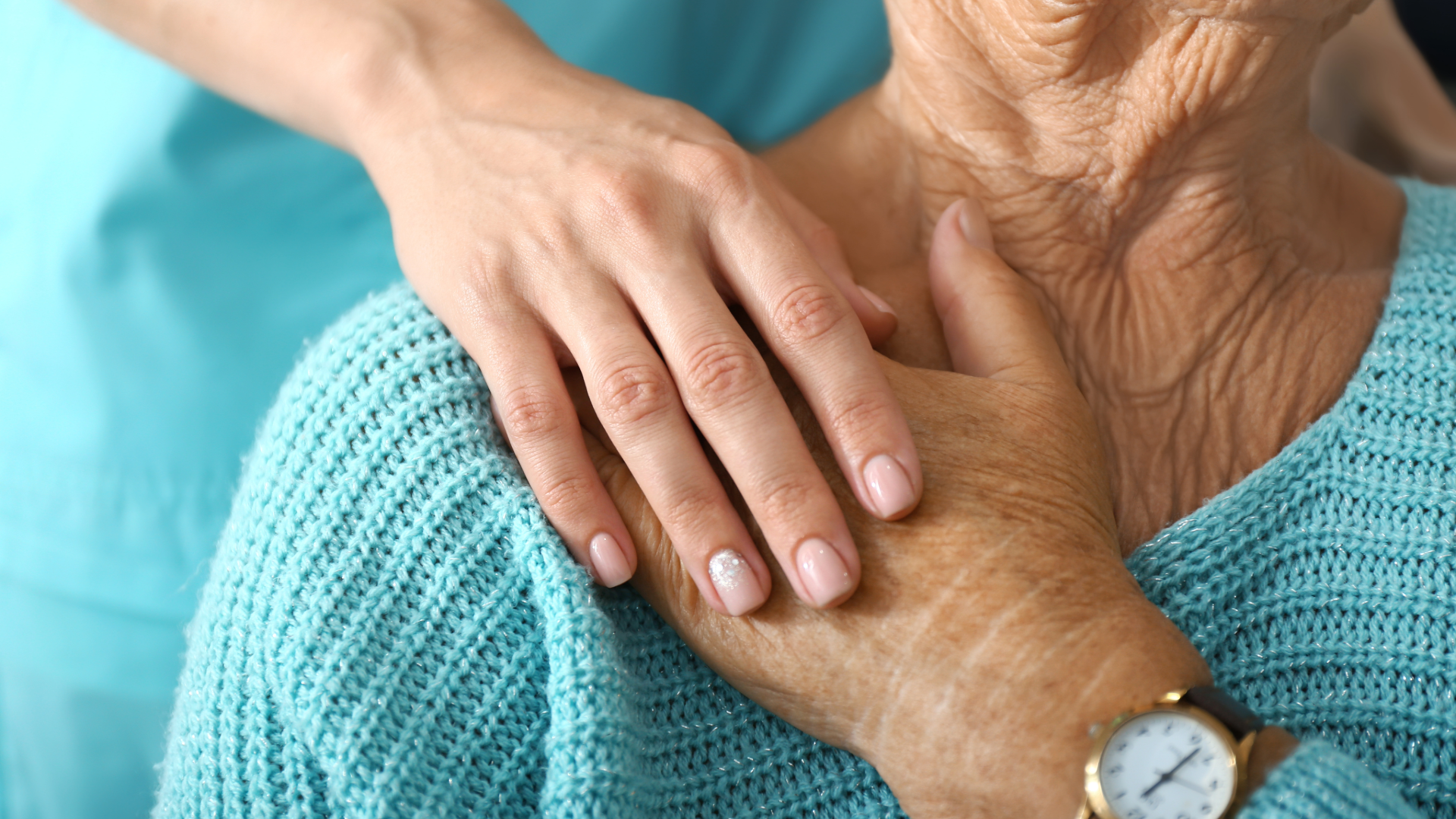Sign up to our newsletter Subscribe
Analysing Global Immunisation Expenditure

Sign up to our newsletter Subscribe


To help inform the current debate on assisted dying, we have updated the findings of our 2019 palliative report with the latest data.

INTRODUCTION
This Friday, a Bill to legalise assisted dying in England and Wales has its second reading in the House of Commons – the first time that a Bill of this nature will be debated in Parliament since 2015, when MPs overwhelmingly rejected a similar proposal.
Earlier this year, 71% of jurors from the first “citizens’ jury” on assisted dying in England, set up by the Nuffield Council on Bioethics, supported a change in the law to allow terminally ill people to end their life. In the UK, there are Assisted Dying Private Members Bills put forth in the Scottish parliament, alongside the UK’s House of Commons, and both Jersey and the Isle of Man are in the process of changing their laws around assisted dying.
The media coverage reflects how deeply emotive and sensitive an issue this is for people on both sides of the debate. One element missing from the conversation, however, is a clear sense of the current state and scale of palliative care in the UK to inform how we talk about assisted dying.
In 2019, we published a report, commissioned by Dignity in Dying, that estimated that even if everyone received the highest possible standards of hospice-level palliative care, 6,394 people in the UK would die each year with unrelieved pain in the last 3 months of their life. That equates to 17 people dying in pain a day.
In the last five years, new data has become available which allows us to update our estimate. Our new analysis shows that even with a conservative estimate, 20 people a day die in unrelieved pain across the UK, assuming they have access to the highest standards of palliative care. In reality, out of 436,022 people with palliative care needs in 2023, only 4.7% of palliative care patients received this ‘gold standard’ of care. Therefore, the number of people in palliative care dying in unrelieved pain is likely to be significantly higher.
UPDATING OUR FINDINGS FROM 2019
OHE’s 2019 study combined data from a range of sources, the most important of which was the National Survey of Bereaved People (VOICES) report conducted in 2015 by the Office of National Statistics. The VOICES survey collected views from bereaved people on the quality of care provided to a friend or relative in the last three months of life and the last two days of life. The results on pain experienced during the last three months of life were broken down by setting and by level of pain relief (e.g. no pain relief at all, partial pain relief, etc). For those who responded with ‘no pain relief at all’, this meant pain relief was provided but it was ineffective and therefore the pain experienced was unavoidable with current palliative care options.
Current levels of unrelieved pain in the last 3 months of life (VOICES 2015)
Source: Zamora, B., Cookson, G. and Garau, M., 2019. Unrelieved Pain in Palliative Care in England. OHE Consulting Report, London: Office of Health Economics. Available at: https://www.ohe.org/publications/unrelieved-pain-palliative-care-england
Despite there being no update to the VOICES 2015 survey, we have chosen to use those same percentages to the latest figures for estimated deaths (ONS 2023) in palliative care to predict estimates of people dying with unrelieved pain in 2023, thereby reflecting population changes. The estimate of 1.4% of pain being not at all relieved at hospice-level care is applied to forecast unrelieved pain for updated palliative care patient numbers.
Although the VOICES study has its limitations – primarily in that the data are reported by third party observers (family, friends and carers) who may be particularly attuned to the suffering of patients, and that it only covers England, as we noted in 2019 – the study still holds particular relevance because of its nuanced understanding across settings of unrelieved pain in the last three months of life across English palliative care. Therefore, we continued to use the study as a basis to reflect today’s reality in palliative care.
Our updated estimates use the most conservative assumptions, and these figures include upper and lower confidence levels which show the range within which the number of palliative care patients experiencing unrelieved pain is likely to fall.
KEY FIGURES AT A GLANCE
Note: Of 504,569 registered deaths for the year 2017/18, approximately 75% require palliative care (Etkind et al, 2017) – meaning 378, 427 people required palliative care as laid out in the 2019 report. The same 75% estimate applied to 2023 registered deaths means 436, 022 people required palliative care.
This increase in palliative care needs can be attributed to population increase (and therefore higher deaths), populating ageing, and a higher prevalence of complex multiple chronic illnesses including cancer, dementia and cardiovascular diseases.
Of these 436,022 people requiring palliative care in England, 25.3% of them are estimated to have unmet pain needs – even assuming that they have access to the highest levels of palliative care available (hospice-level care).
This is a conservative estimate. The true number is likely to be larger. Recent research suggests that every year, an estimated 100,000 people in the UK die needing, but not receiving, palliative care – people with lower socioeconomic positions, non-cancer diagnoses and coming from ethnic minority backgrounds are less likely to be able to access palliative care.
According to the latest update by the National End of Life Care Intelligence Network in December 2023, 28.7% of people died at home in 2022 compared to 23.5% in 2018.
Recent research by the King’s Fund found that this trend is likely to continue. This puts more pressure on community care services, and raises urgent questions about whether the health and care system is prepared for changing levels of demand.
Additionally, according to the VOICES 2015 survey, palliative care patients at home experienced the highest percentage of unrelieved pain (8.2%), compared to 1.4% in hospice settings.
The estimates below use the VOICES 2015 survey as a basis to understand experiences of pain. “Pain not at all relieved” meant that pain relief was ineffective. In other words, for those people, the pain they experienced was unavoidable even when pain relief was provided.
Projected no. of palliative care patients dying with unrelieved pain in England, 2023
Note: To estimate the number of patients dying with unrelieved pain if they received hospice-standard care, the pain relief estimates from the VOICES-2015 survey hospice settings were applied: 1.4% for pain not at all relieved and 12% for pain partially relieved (95% CI: 0.8% – 2% and 10.4% – 13.5%, respectively).
An extrapolation from England to the other UK nations is presented below. This extrapolation is based upon updated mortality statistics for the UK and assumes both similar levels of palliative care need, and similar levels of unrelieved pain in the rest of the UK as is reported in England.
Projected no. of palliative care patients dying with unrelieved pain in other UK nations, 2023
*Mortality data for other nations was sourced by ONS data, 2023 for Wales, NRS data, 2023 for Scotland, and NISRA data, 2022 for Northern Ireland.
Our 2019 study found that 6,394 people across the UK – or 17 people a day – died without pain relief in the last 3 months of their lives. Latest updates show the figure is now 7,329 – or 20 people a day – across the UK who die without any pain relief in the last 3 months of their lives.
CONCLUSION
Our updates find that the need for palliative care across the UK is mounting, as populations change. People are living longer, and have increasingly complex and compounding illnesses, meaning that demand for palliative and end of life care will continue to increase. It’s estimated that by 2040, demand for palliative care is expected to increase by 25% by 2040.
However, according to a parliamentary report published in January 2024, the current funding model for hospices in the UK is not “fit for purpose”. There is increasingly a widening gap between the number of people needing palliative care, and those that are able to access it.
At the same time, we find that there are increasingly more deaths recorded at home rather than in hospices or hospitals. Increased funding for palliative care is therefore crucial, both to address the unmet palliative care needs across the UK, and to address the shift in societal preferences with regard to place of death, therefore ensuring increased access to high quality end-of-life care across settings.
We find even at the most conservative of estimates, 7,329 people a year across the UK would die without any pain relief – explain this further. That amounts to 20 people a day dying in pain – even at the highest standard of care available to them (hospice-level care).
Unfortunately, the current palliative care landscape in the UK is not where it should be. Many people are not able to access high-quality palliative care – which means the true number of people dying in pain at the end of their life is likely to be significantly higher than our conservative estimate. This number is also likely to be amplified by socioeconomic disparities and inequalities in access to healthcare.
It’s therefore crucial that population access to palliative care, investment in high-quality end-of-life care and improving pain management is fully considered in the ongoing debate on assisted dying in England and Wales.
This research was independently funded by the OHE. It builds on the methodology from a 2019 OHE study, commissioned by Dignity in Dying, that investigated unrelieved pain in palliative care in England.
The full set of data that informed this Insight is available for download:

An error has occurred, please try again later.
This website uses cookies so that we can provide you with the best user experience possible. Cookie information is stored in your browser and performs functions such as recognising you when you return to our website and helping our team to understand which sections of the website you find most interesting and useful.
Strictly Necessary Cookie should be enabled at all times so that we can save your preferences for cookie settings.
If you disable this cookie, we will not be able to save your preferences. This means that every time you visit this website you will need to enable or disable cookies again.
This website uses Google Analytics to collect anonymous information such as the number of visitors to the site, and the most popular pages.
Keeping this cookie enabled helps us to improve our website.
Please enable Strictly Necessary Cookies first so that we can save your preferences!



